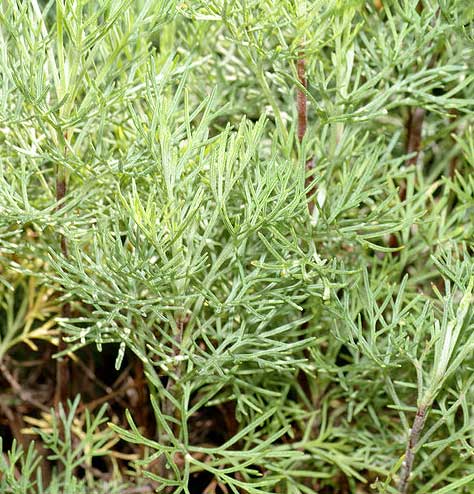Artemisia abrotanum (*) Cladus: Eukaryota Name Artemisia abrotanum, L. Vernacular names References USDA, NRCS. 2006. The PLANTS Database, 6 March 2006 (http://plants.usda.gov). Data compiled from various sources by Mark W. Skinner. National Plant Data Center, Baton Rouge, LA 70874-4490 USA. Ελληνικά : Αβρότονον Source: Wikispecies: All text is available under the terms of the GNU Free Documentation License |
|

